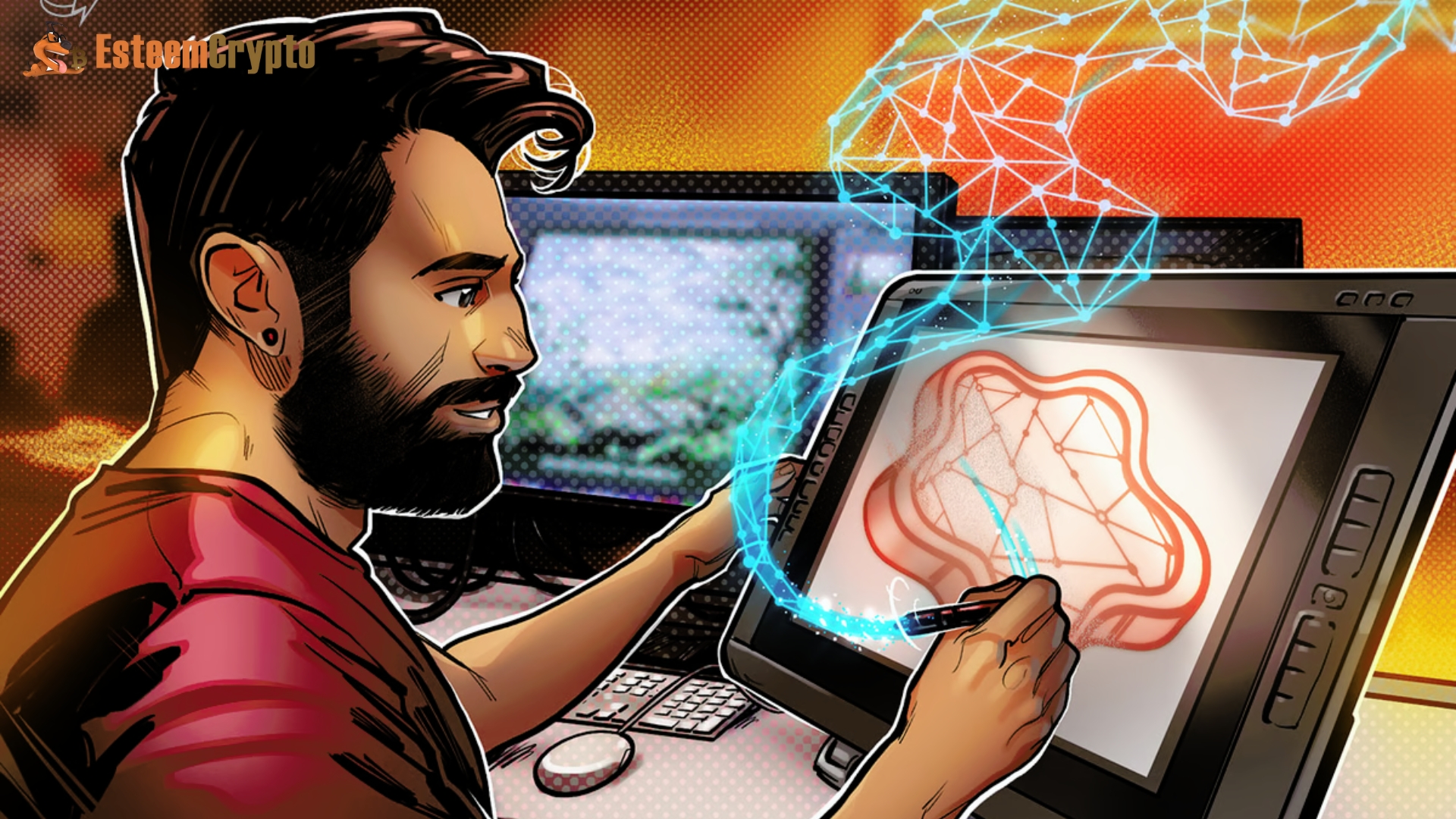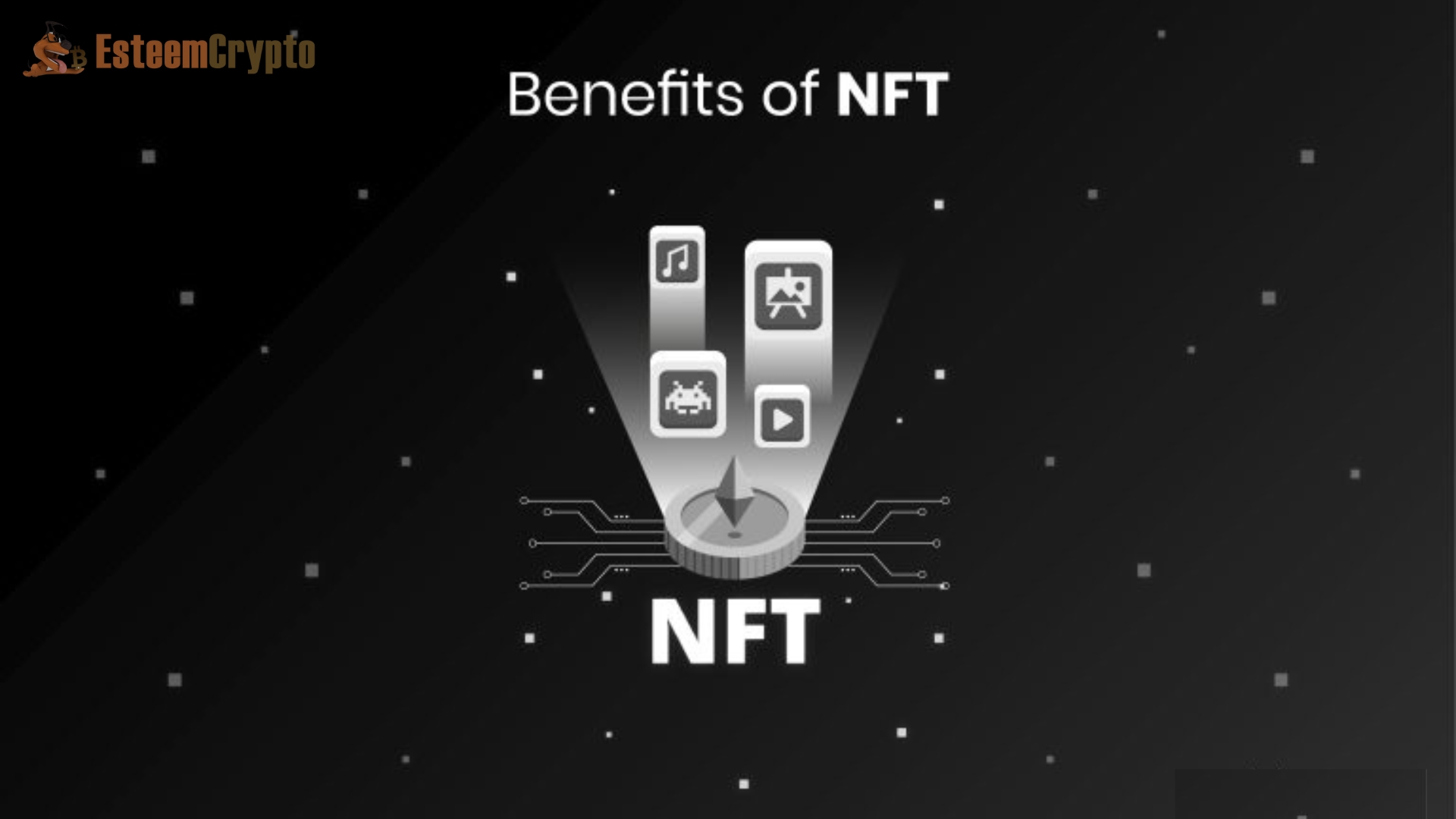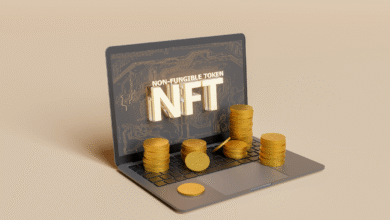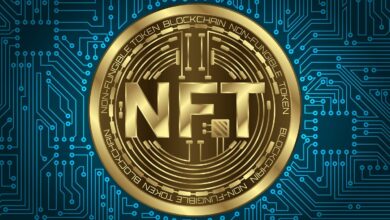NFT Investment: Guide to the Risks and Returns of NFTs

NFT Investment. Digital assets such as artwork, songs, and movies can have a nonfungible token (NFT) representing them. You can use NFTs to represent real-world assets in addition to digital artwork when buying and selling. The very existence of an NFT serves as proof of authenticity for the digital (or physical) asset it represents.
Consider Vincent van Gogh’s “Starry Night,” which has likely undergone the equivalent of millions of revisions. The well-known artwork is included in merchandise such as mugs, prints, magazines, and digital art. Even so, there will only ever be one unique work of art in existence. That’s right; the one now housed at New York’s Museum of Modern Art is the one van Gogh painted in France in 1889.
Even though there have been countless reproductions of van Gogh’s work, and there will likely be billions more, the original will always be worth more. Similarly, NFTs validate assets’ worth by demonstrating their uniqueness amidst a sea of replicas. This article covers how to NFT Investment and the dangers and returns of doing so.
How are NFTs Purchased and Sold?
NFTs are typically built using the same underlying software as various cryptocurrencies and are routinely bought and traded online using cryptocurrency. Despite NFTs’ antiquity, they are currently in demand as a medium for purchasing and exchanging artwork. There appears to be no slowdown in sight for NFT sales, which Reuters reports reached $25 billion in 2021.
Those unfamiliar with NFTs may ask what the big issue is for digital artworks that can be seen, screenshotted, and downloaded online. An example would be Beeple’s “EVERYDAYS: The First 5000 Days,” sold at Christie’s for $69.3 million but is also available online for free viewing.
Not only do collectors buy NFT Investment, but they also cherish the physical possession of the original pieces. The digital “bragging rights” provided by NFTs’ built-in authentication are highly prized, particularly among collectors, in layman’s words. Also, NFTs aren’t limited to the art world. Now, collectors and gamers may permanently own in-game items and other unique assets and profit from them.
In virtual worlds like Decentraland and The Sandbox, players can build and own amusement parks and casinos. On a secondary market, they can also sell digital stuff like avatars, outfits, and in-game currency acquired while playing.
How to Invest in NFTs
Now that you better grasp NFTs, you might ask how to put your money into them. Unlike Ethereum (ETH), the native coin of the Ethereum blockchain, purchasing NFTs is more complicated. To add insult to injury, you won’t be able to find NFTs on cryptocurrency exchanges.
The gas fees are another consideration when buying NFTs. You should be aware of the extra gas price or the amount paid to finish the transaction if you’ve never dealt with Ether before. You might want to hold off on purchasing NFTs until gas prices drop because some customers have spent more on gas than on the NFTs themselves.
If you’re not interested in purchasing NFTs directly, you can invest in them through a venture capital fund focusing on crypto infrastructure and NFTs. To pursue venture capital, you must first become an accredited investor. NFT Investment companies, blockchain, and cryptocurrencies through an exchange-traded fund (ETF) like the Defiance Digital Revolution ETF is one option if you don’t have accreditation.
Benefits of NFTs
Authenticity
The advantages of non-fungible tokens are reliant on their uniqueness. As mentioned before, it’s impossible to make a counterfeit NFT due to each token’s uniqueness. Because NFTs are created on the blockchain, each is associated with a unique record. This is an assurance, as the buyers know they’re getting the real thing and not a fake. NFT creators can resolve to issue a limited number of NFTs, making supply scarce and thus increasing their value.
Ownership
The main advantage of nonfungible tokens is their proof of ownership. Because NFTs are on a blockchain, they help identify ownership with a single account. They are also indivisible, making it impossible for them to be divided among different owners. At the same time, NFTs’ ownership advantage guarantees buyers never to worry about counterfeit NFTs.
Critics argue that one could snap a photo of NFTs and sell or give them away. While you certainly can have an image of an NFT, it is not equivalent to owning the original asset. For example, downloading a photo of a Monet from the internet does not make you its owner.
Content Ownership
One of the most significant advantages of NFT Investment is that it gives content creators complete ownership over their creations. With traditional publishing models, content creators often encounter problems with platforms that hog the profits and earning potential.
For instance, digital artists who publish their content on these platforms make money through ads shown to the artists’ fans. However, this money does not all go directly to the artist. Part of it goes to the platform instead. Sometimes, a more significant chunk, if not all, of the profit goes to the platform.
NFTs can help content creators bypass the need to transfer content ownership to platforms they use to publish their content. Through NFTs, content ownership is directly integrated into the content alone. When creators sell content, the profit directly goes to them. Should a new owner sell the NFT, royalties may also go to the owner if they could set up smart contracts.
Transferability
NFTs may also be moved around with ease. In some markets, trading NFTs is simple and offers a variety of possibilities. Buyers and sellers can quickly transfer NFTs without worrying about safety or security.
For example, NFTs allow game producers to offer in-game items that players may keep in their digital wallets. Afterwards, players have more options for using or even selling their in-game products. Since NFTs are built on smart contracts, transferring ownership is made easier. Smart contracts allow for the completion of ownership transfers between buyers and sellers upon fulfilling particular conditions.
Risks of NFTs
In this section, we will describe the risks associated with non-financial transactions, often known as NFTs.
Smart contract risks
Hackers targeting a DeFi network and exploiting security holes in smart contracts might potentially steal a significant sum of cryptocurrency. An example would be the recent hack on Poly Network, which resulted in the theft of NFTs valued at $600 million. The leading cause of the hack was the inadequate security of the smart contract, which allowed attackers to gain access. The massive assault on a well-known DeFi network like Poly Network demonstrates how vulnerable networks might be to attacks due to coding errors in smart contracts.
Evaluation challenges
Evaluating NFTs is a significant obstacle in the industry. There are currently no established rules for determining NFT prices; hence, a lot of guesswork is involved. The cost of NFTs can vary significantly since factors like scarcity, originality, and distinctiveness play a significant role in determining their value. Since it is difficult to identify specific elements that could affect NFT prices, price fluctuations are likely to persist. Therefore, NFT evaluation is still quite tricky.
Legal challenges
Currently, NFT is not legally defined in any country. There is no global body responsible for regulating NFTs, and this is the main reason why. The necessity for a regulatory authority is rapidly becoming apparent due to the growing interest in NFTs. Not only that, but NFTs’ uses have progressed substantially. Clear rules and regulations from a regulatory framework are necessary in this situation.
Cyber threats
Recently, there has been an upsurge in cyber attacks targeting the NFT market. One such attack involves the creation of phoney NFT stores with the express purpose of deceiving unsuspecting buyers. These stores mimic the real ones by using similar logos, content, and branding, but they sell NFTs that do not exist in reality or online. Another example is when bad actors pretend to be famous NFT artists and sell artworks that are copies of theirs. The NFT market is still vulnerable to online fraud due to copyright theft, fake stores, and NFT artist impersonation.
Intellectual property rights
NFT ownership offers customers many advantages, assuming they buy from a trustworthy vendor. However, customers who purchase NFTs from less trustworthy markets and individuals may end up with fakes passed off as the real deal. Buyers should exercise caution and thoroughly investigate the seller’s ownership of the NFT they are purchasing.
The purchaser of an NFT replica does not acquire ownership of the NFT’s intellectual property but only the right to utilize it. Due to the lack of copyright, trademark, moral rights, etc., for decentralized blockchain technology, this is still an issue with NFT trading.
The challenge of considering NFTs as securities
According to the Securities and Exchange Commission, the majority of NFTs on the market are offered as securities. Consequently, many investors are contemplating buying NFTs as securities. However, not all NFTs qualify as securities, so purchasers who see them as such take on additional risk. From a technical standpoint, the Howey test for securities establishes requirements that NFTs must meet in order to be considered securities.
Several factors determine whether NFTs qualify as securities. Unlike securities, NFTs do not represent ownership of tangible assets like artwork, video game collectibles, or the like. In contrast, an NFT Investment contract is sold with the expectation of a future value increase. According to the order of the United States Supreme Court, investment contracts are assets that fall into a wide category and operate similarly to securities.
Are NFTs a Good Investment?
The worth of NFTs depends greatly on the particular application, so this is an ongoing topic of discussion. Using NFTs to denote ownership of a work of art or a collectible game is one solid investment case for them. On the other hand, generalizing about NFTs’ investment potential isn’t straightforward.
A major roadblock to the widespread use of NFTs is the lack of clarity surrounding their regulation. The absence of regulation makes it difficult to evaluate and reduce risks while purchasing or selling NFTs, leaving buyers and sellers without standards to follow when conducting transactions.




